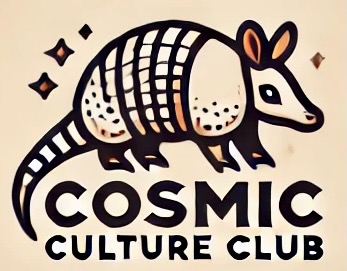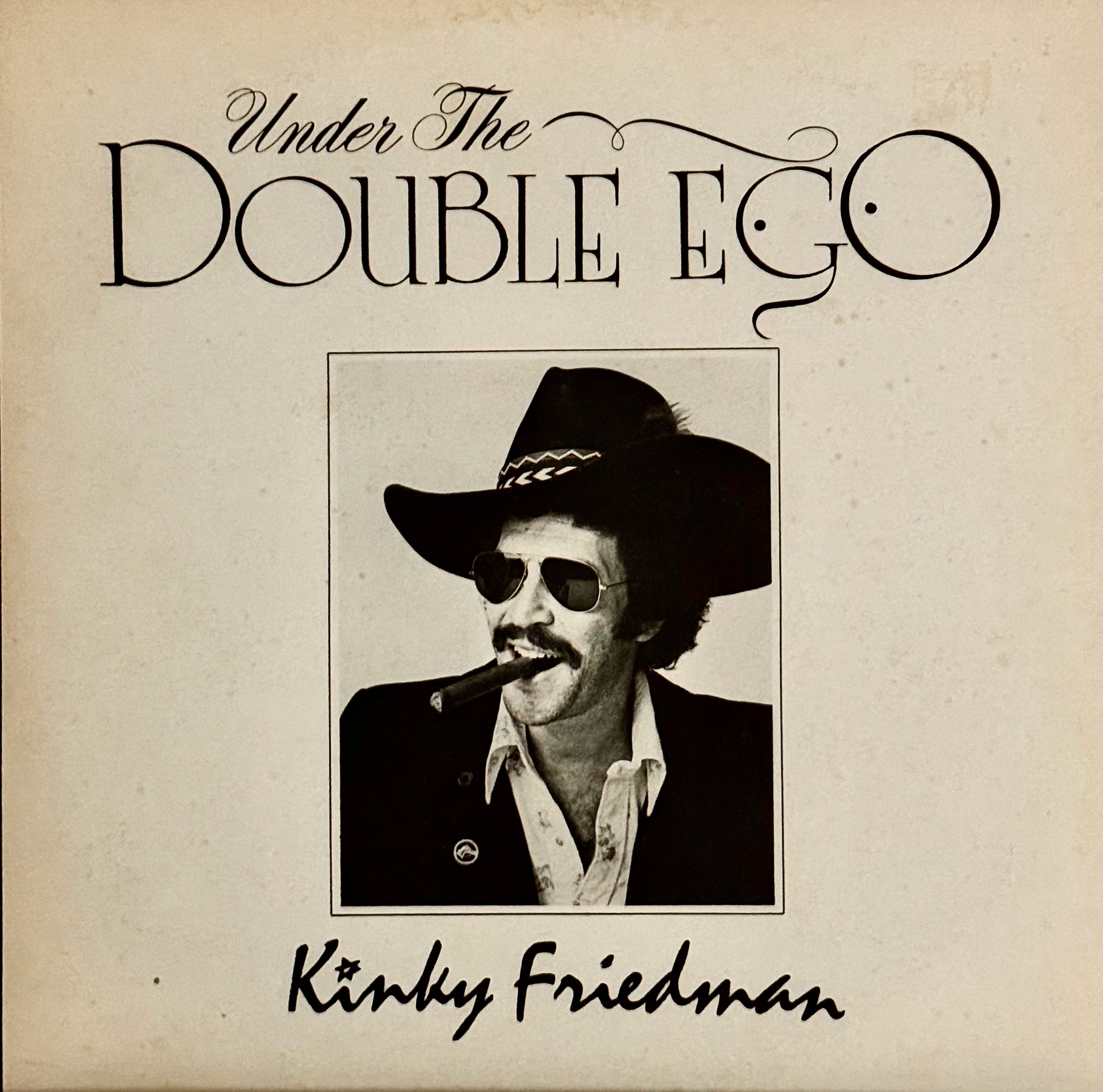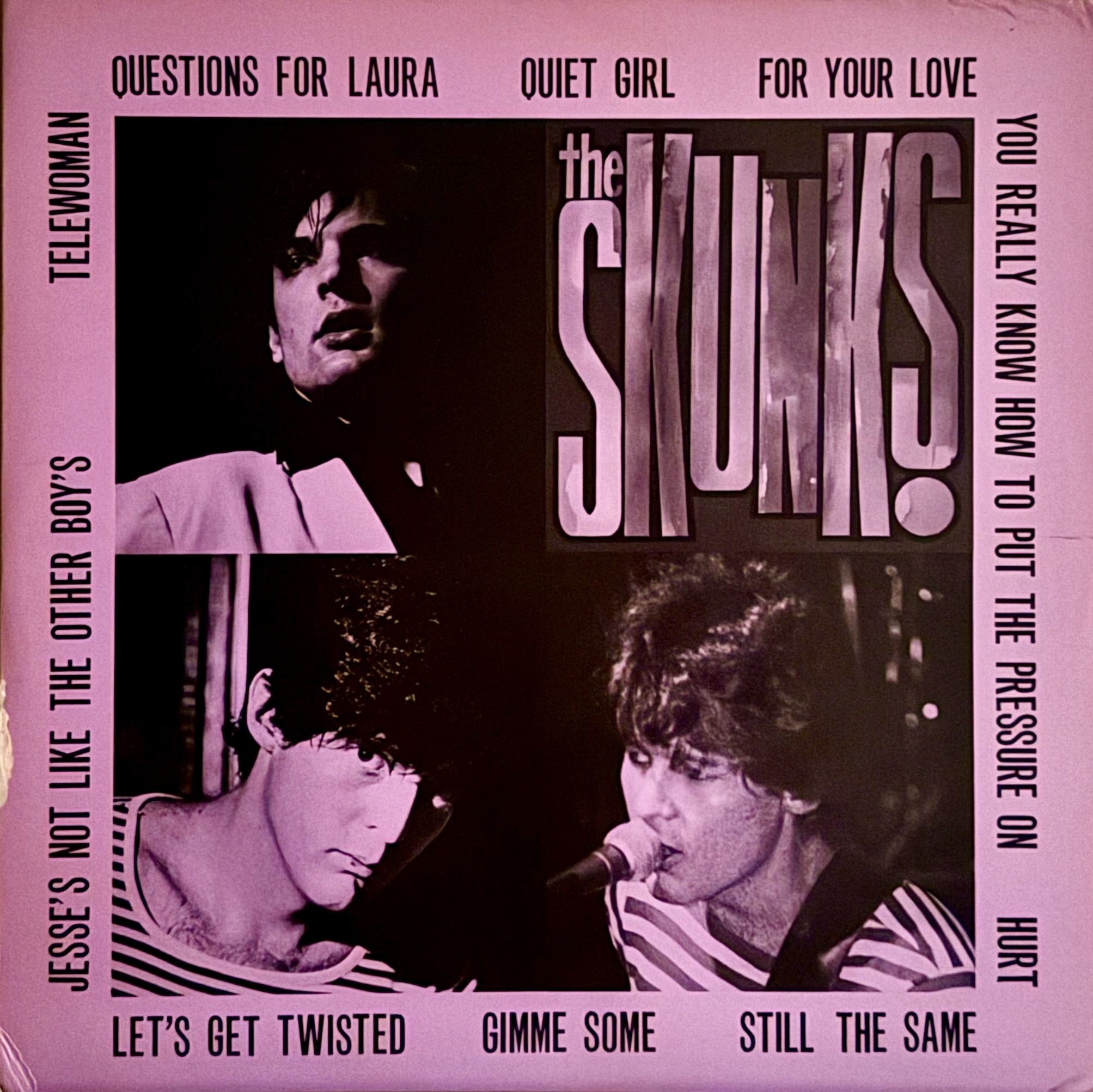Asleep At The Wheel
Album: The Wheel
Release Date: 1977
Asleep at the Wheel have been standard-bearers of the eclectic Austin sound since they planted roots here in 1973. Their contribution is traditional country music played with the bravado of an 80’s punk outfit. Lloyd Maines once described it as “western swing, but if Bob Wills was on acid.” It’s a difficult path to forge, but Asleep at the Wheel have navigated it expertly for over fifty years as they established themselves as icons of Texas music.
Drive By Truckers frontman Patterson Hood once said, “bands are like people — they evolve, they change, they grow. If they don’t, they die.” Asleep at the Wheel evolved more than most bands do, and over a hundred musicians have served in its ranks. Tracking them all is a hobby unto itself — there’s even a Wikipedia page devoted to the roster. But, that chapter wasn’t written yet when they recorded The Wheel.
This was the penultimate album recorded by the first iteration of the band, and a capstone on a successful year. Rolling Stone had just named them Best Country-Western Band. The Academy of Country Music joined in by awarding them Touring Band of the Year. They were riding high, and the album continued the run of success by climbing to number thirty-one on the charts and claiming a pair of Grammy nominations. The original lineup had expanded to an eleven-piece orchestra that was delivering on band leader Ray Benson’s ambition to mix the wide open spaces of western swing with Count Basie-style big band jazz.
This version of the band featured three lead vocalists, with Ray Benson’s deep baritone riding the melody like a seasoned lounge singer on jazz-drenched tracks like “Am I High?” Chris O’Connell adds a sultry, feminine perspective to songs like “When Love Goes Wrong.” Leroy Preston tags in to add his distinct twang to tracks like the gospel ballad “Somebody Stole His Body.” Additionally, he wrote two songs for the album that were blockbuster hits for Roseanne Cash. She took “My Baby Thinks He’s a Train” to the top position in 1981, and then cracked the top ten again the next year with her rendition of “I Wonder.” In his memoir Ray Benson called The Wheel “the Capitol album that I was proudest of.” On it we hear a mature band confidently strutting their way to the end of a successful first act. This is a standout in the twenty-six-album catalog and a timeless masterpiece from the great western swing ambassadors.

The Manhattan
The Manhattan is a reminder that there is a difference between simple and easy. It’s a simple recipe that only includes three ingredients, and that means there is nothing to hide behind. When a drink is simple the technique used in mixing becomes part of the recipe. How much ice you put in the shaker and how long you stir determines how much water is included in the final product. How heavy your dash of bitters is impacts the spice level. How much syrup you include when dropping the cherry garnish varies the level of sweetness. Perfection is in the execution.
The classic recipe is provided below, but in the same way Ray Benson finds acres of space for improvisation within the borders of Western Swing there is ample room for experimentation. Decreasing the amount of vermouth creates a drier drink while increasing it produces a sweeter varietal. Adding a dash of Luxardo cherry liqueur strays from the classic recipe but adds a pleasant dimension if you are feeling adventurous. (It’s also a nice shout back to the parent cocktail – The Martinez.)
Ingredients:
- 2 oz Rye whiskey or bourbon
- 1 oz Sweet vermouth
- 2-3 dashes bitters
- Luxardo cherry for garnish
Instructions:
- Fill shaker with ice
- Add whiskey, vermouth, and bitters and stir for 30 seconds
- Strain into martini glass
- Garnish with cherry










